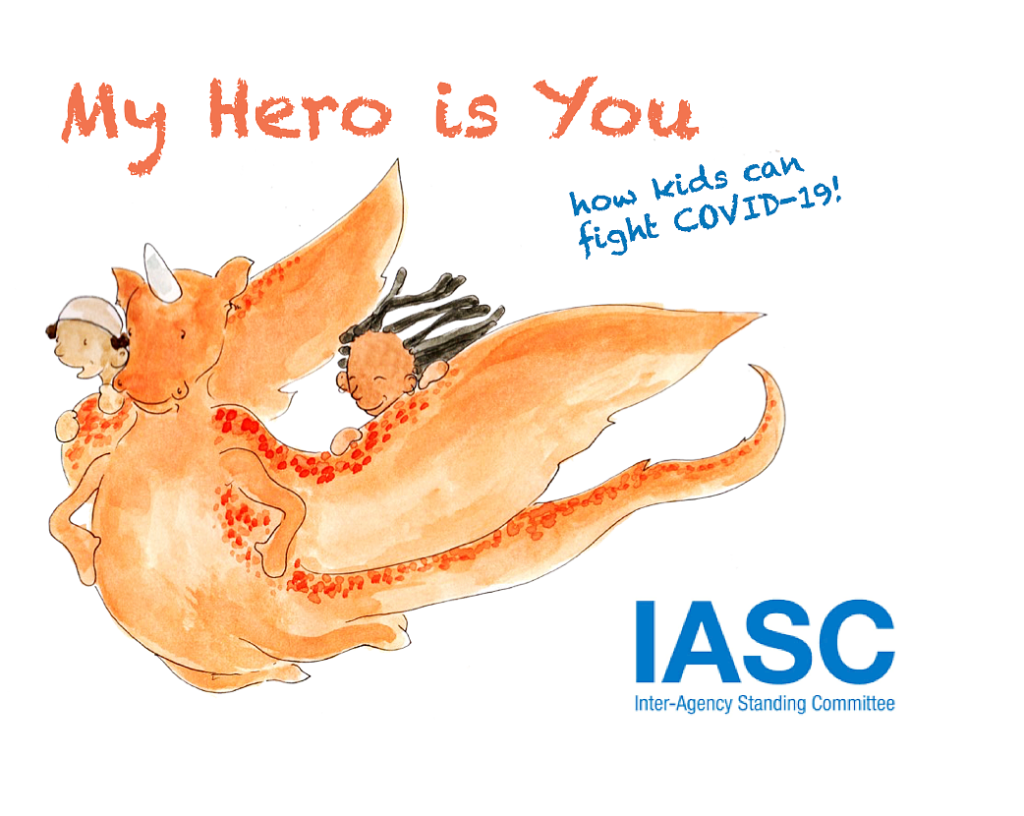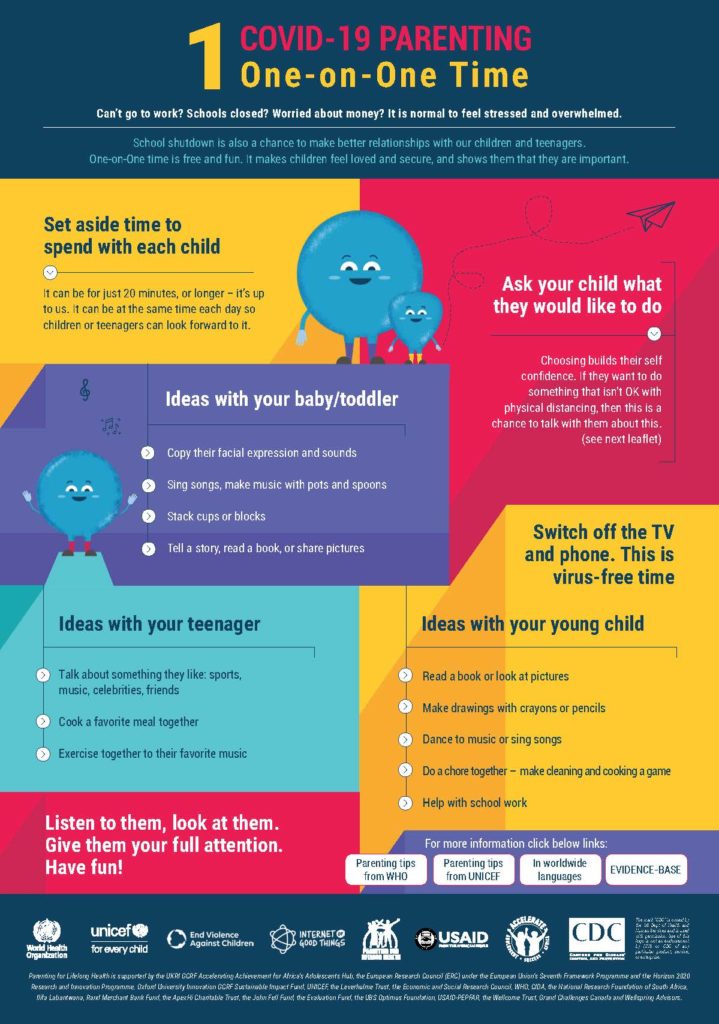Each week, Creating Together has a learning theme, to structure the activities and fun we have with children and their families. This week’s theme is sea animals.
Fun Facts About Oceans
Here are some fun facts from itsybitsyfun.com:
- Around 97% of all water is in the oceans and they cover around 71% of Earth’s surface.
- Pacific Ocean is the biggest one.
- You can find mountains and volcanoes on the bottom of oceans.
- The deepest point in the ocean is the Mariana Trench.
- Oceanic evaporation is the source of most rainfall.
- Ocean temperatures determine climate.
- Earth is the only known planet that has oceans (as far as we know for now).
- The biggest animal in the ocean is the blue whale.
- We have explored less than 5% of the ocean (to date).
Get your free Printable PDF with Ocean Facts here.
Fun Facts About Sea Animals
- At 188 decibels, the call of a blue whale is the loudest sound made by any animal on the planet.
- An electric eel produces enough electricity to light up 10 lightbulbs!
- With more than 270 species, turtles live almost everywhere in the world except the Antarctica.
- Sharks don’t have any bones in their entire body!
- The Killer Whale (Orca) is actually a species of dolphin, not a whale.
Sea Animals Activity with Neetu
Neetu would like to invite you to make a shark and a turtle with construction paper! – It’s easy and fun!
Materials:
Shark – 1 blue sheet, half white sheet, 2 googly eyes, scissor, marker, and glue stick.
Turtle – 1 green sheet, half orange and yellow sheet, 2 googly eyes, scissor, marker, and glue stick.
Story Time With Tanya
Enjoy this fun book “Over the Meadow” with Tanya!




